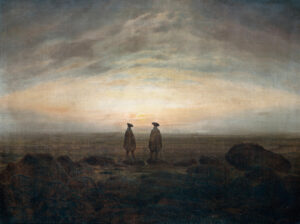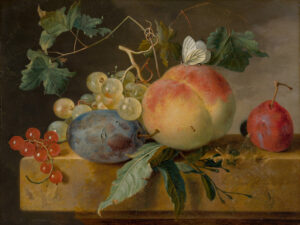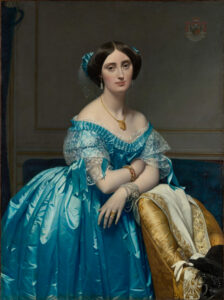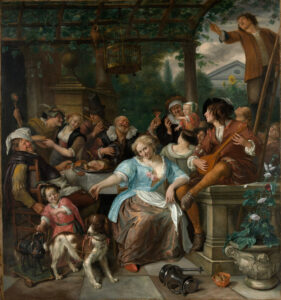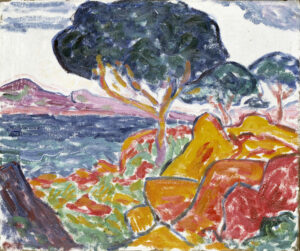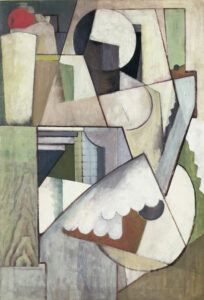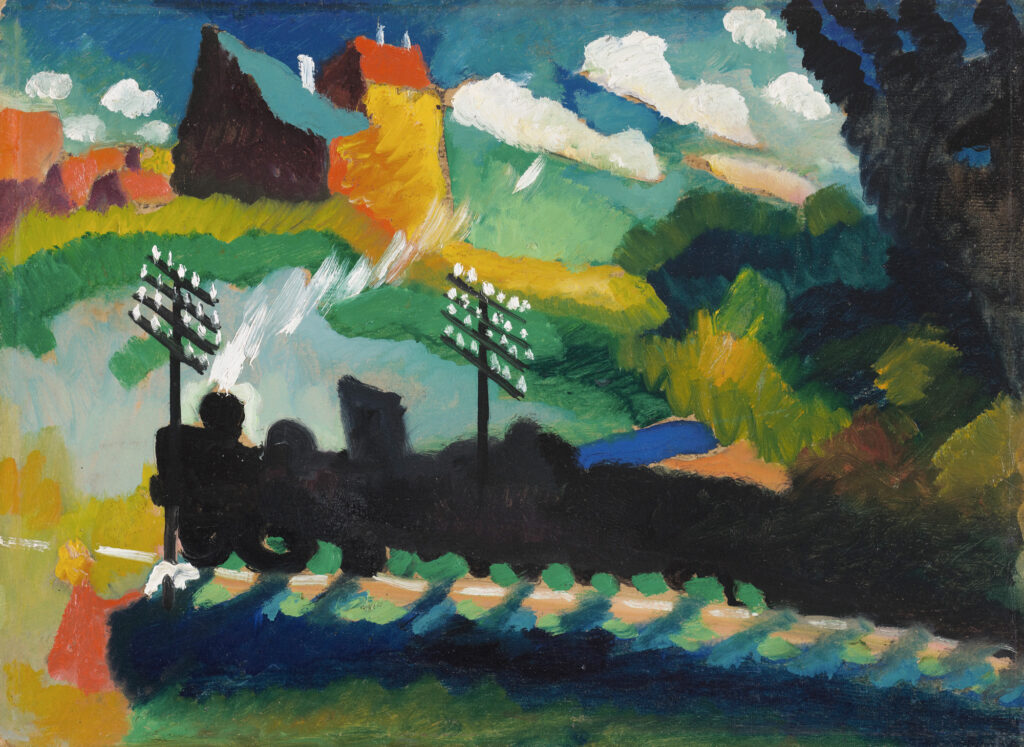
Murnau, Bavaria, summer 1909. Kandinsky sets up his easel facing the rolling hills. A black train crosses the landscape. The Russian artist does not seek to copy reality. He wants to paint the pure emotion that this spectacle provokes in him.
An Explosion of Color
Look at this canvas: intense yellow electrifies the composition. Green unfolds in multiple shades, from tender to deep. An orange house captures the light, while dark masses structure the space. The locomotive is reduced to a black and compact silhouette, almost abstract. Kandinsky applies oil paint on cardboard with remarkable gestural freedom. The brushstrokes remain visible, energetic. White clouds float in a turquoise sky streaked with pink. This technique heralds the progressive abandonment of figuration.
Murnau, Laboratory of Abstraction
Kandinsky discovered this Bavarian village in 1908 with Gabriele Münter, his companion and student. The couple stayed there regularly until 1914. These years constitute a decisive turning point. The artist moves away from Impressionism to develop a revolutionary pictorial language. Daily confrontation with nature liberates his palette. Kandinsky transforms the prosaic motif into a chromatic symphony. This work belongs to a series in which the painter experiments with color as an autonomous emotional force.
Kandinsky, the Father of Abstraction
Wassily Kandinsky was born in Moscow in 1866. He abandoned a legal career to devote himself to painting at thirty. Co-founder of the Blaue Reiter in Munich, he theorized the spiritual power of art. His research in Murnau would lead him toward the first abstract watercolor in 1910.
💭 Facing this transfigured landscape, what emotion does pure color awaken in you?
📌 About the Work
- Wassily Kandinsky, Railway near Murnau, 1909
- Oil on cardboard, 36.1 cm × 49.2 cm
- Städtische Galerie im Lenbachhaus und Kunstbau, Munich, Gabriele Münter Foundation 1957
- https://www.lenbachhaus.de/en/digital/collection-online/detail/eisenbahn-bei-murnau-30019169

